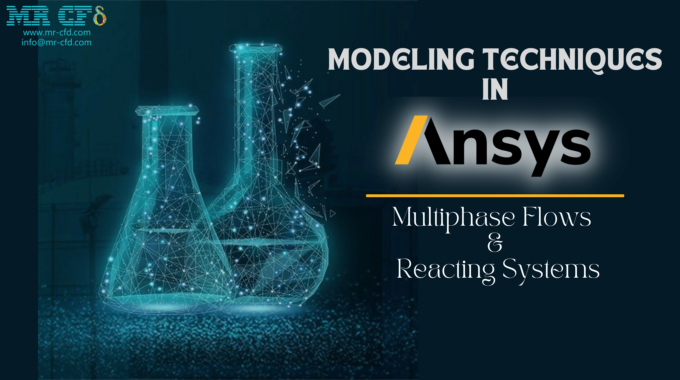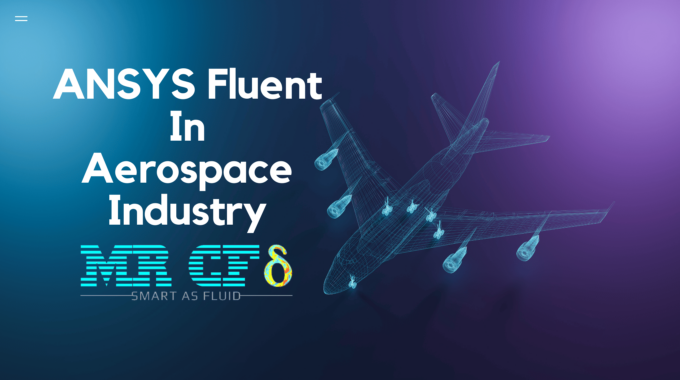
Multiphase flows & Reacting Systems in ANSYS Fluent
Modeling Techniques in ANSYS Fluent: Multiphase Flows & Reacting Systems
ANSYS Fluent is a powerful tool for computational fluid dynamics (CFD) simulation, allowing engineers and scientists to analyze and predict the behavior of fluids in a wide range of applications. In this article, we will focus on two advanced modeling techniques in ANSYS Fluent: multiphase flows and reacting systems.
Multiphase flows occur when two or more fluids are present in the same system. These can be gases, liquids, or a combination of both. Examples of multiphase flows include the flow of oil and water in a pipeline, the flow of a gas and a solid in a fluidized bed, and the flow of a gas and a liquid in a spray dryer.
Modeling multiphase flows in ANSYS Fluent involves using the appropriate constitutive equations and boundary conditions to describe the behavior of each phase. ANSYS Fluent offers a range of multiphase models, including the Eulerian, Lagrangian, and Eulerian-Lagrangian approaches. The choice of model will depend on the characteristics of the multiphase flow and the desired level of accuracy.
A reacting system is a system in which chemical reactions occur. Examples of reacting systems include combustion engines, furnaces, and chemical reactors. Modeling reacting systems in ANSYS Fluent involves specifying the reactions that are occurring, as well as the species and transport properties of the reactants and products.
ANSYS Fluent offers a range of models for simulating reacting systems, including the homogeneous reactor model, the non-premixed model, and the premixed model. The choice of model will depend on the reaction’s complexity and the desired accuracy level.
Conclusion
Multiphase flows and reacting systems are complex phenomena that can be challenging to model accurately. However, ANSYS Fluent offers a range of advanced modeling techniques that can help you accurately simulate these systems. By choosing the appropriate model and specifying the appropriate constitutive equations and boundary conditions, you can get accurate and reliable results from your simulations.



This Post Has 0 Comments